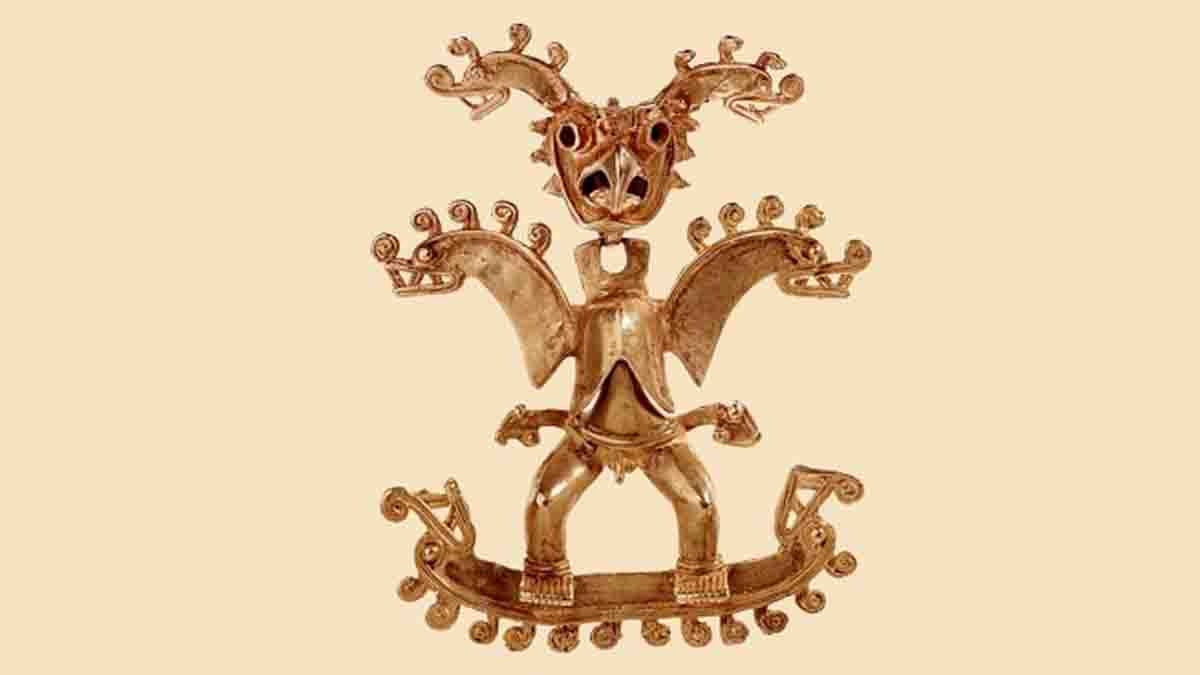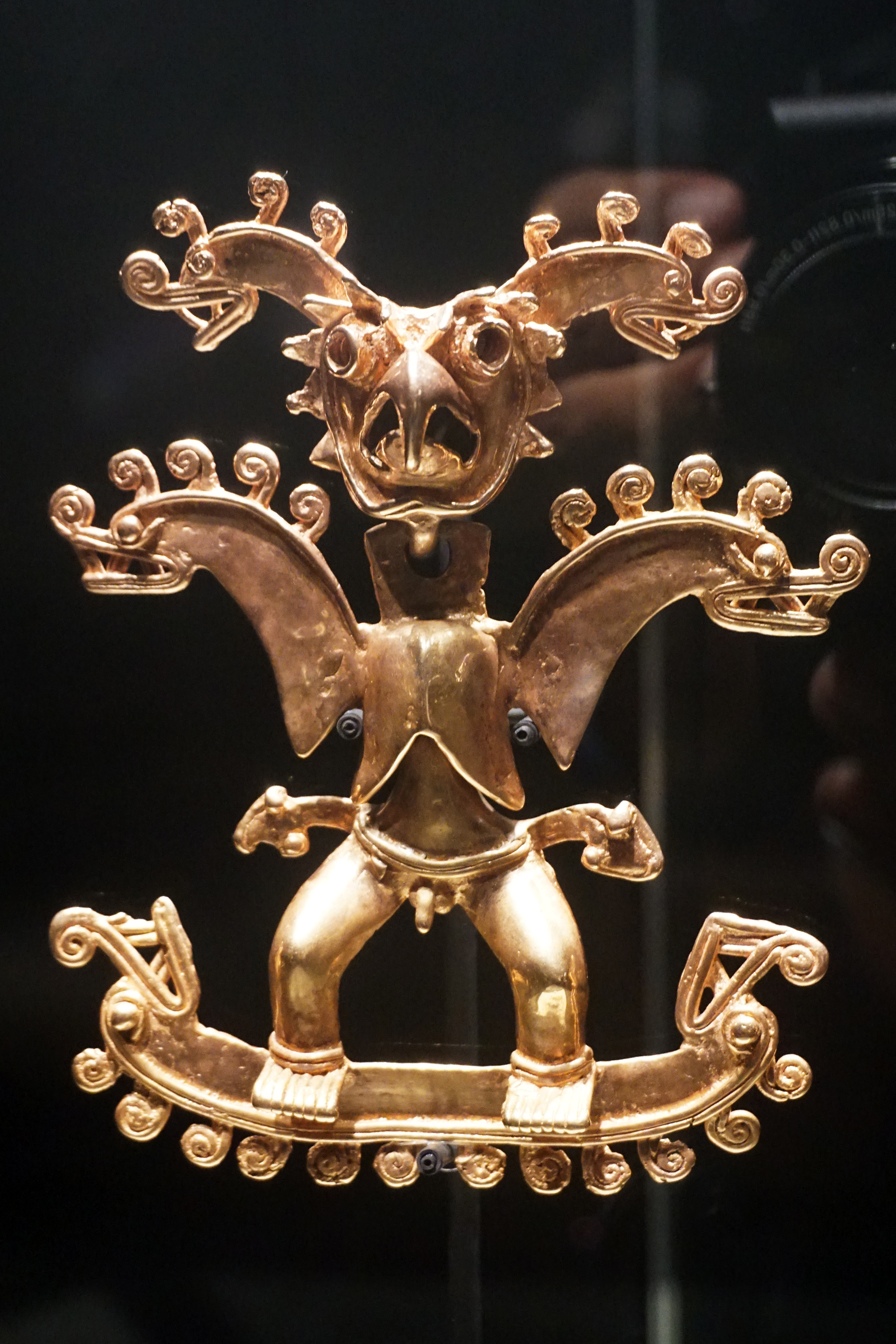
The syncretism between Indigenous beliefs and Christianity is perceived in our present culture, although many times, few of us know its origin.
Sibú or Sibö (in bribri, Sibö̀) is, in Talamanqueña mythology, the main divinity, since he was the creator of the earth and of man, the creator god of indigenous wisdom, values and customs. It is called Sibú by the Bribris and Cabécares, Sibö by the Teribes, and Zipoh by the Borucas.
Sibú is also a cultural hero, who taught the Bribris and Cabécares what products they could eat, how to plant and what plants to grow; he structured the rules of society regarding incest (kurù), clans and morals; and gave the Awápa their songs, the ritual language and the magic stones or Sĩã ‘or Sĩõ’.
Functions of Sibú in Talamanqueña Mythology
A God:
- Sibö designed the world and created human beings with the help of Sulà.
- He brought the seeds (ditsö̀) from under where the sun rises, and sowed them in Sulàyöm, where they sprouted like Bribris. He brought white men like stone dust.
- Punish those who steal the seed crop.
- Punish incest (kurù) through illness or death.
- During the day he lives in the east taking care of the good spirits. At night, he travels west to protect people from the Bé.
- Promotes natural agents that allow the germination of plants; this is why it is said to be the provider of food.
- He is the protector of human life.
As a Cultural Hero:
- He taught the indigenous people what they could eat, and how to grow it.
- Separated the Indians into clans, and gave them their respective partner.
- He instructed Awápa and Usékölpa their arts. He gave the awápa the magic stones, or Sĩã ‘, and the songs.
- He established the codes of conduct of the indigenous people, as well as the punishments for those who breach those norms.
- He forbade the names of supernatural beings to be mentioned for no reason, to wander around in sacred places or in the dead of night, and to invent himself.
- Created the different Bribris ceremonies.
Birth of Sibú
There are different versions of the birth of Sibú (Sibö̀), but they all agree that, before the god came to earth, the world was ruled and inhabited by a race of devils, the Sòrburu, led by his grandfather Sórkura. Sórkura had a son, Sibökõmõ or Sibökãmã *, who was a great sourcer. Sibökõmõ once went to work as an Awá in the nether world, that of the Sòrburu, and took his niece Sìitami with him. (In the Coroma dialect it is called; Sibö̀kõmõ, in the Amubri and Salitre dialects it is called Sibö̀kãmã)
First version: Sibö̀ as a Sĩã ‘or Sĩõ
 Sibökõmõ, like all Awá, possessed magic stones: three male and one female. One day, one of those male stones (which was Sibú), the one he used to heal, was lost: it was inside Sìitami. Sibö did this because he knew that men could not be born by reproducing alone.
Sibökõmõ, like all Awá, possessed magic stones: three male and one female. One day, one of those male stones (which was Sibú), the one he used to heal, was lost: it was inside Sìitami. Sibö did this because he knew that men could not be born by reproducing alone.
Thus, Sibö was born, and the god thought: I am an older person, only in a small body. I hope my mom asks my dad for a little bit of ripe banana or a little corn dough ». And Sìitami asked Sibökõmõ to bring these things to feed the boy. Then Sibö thought, “I hope my mom tells my dad to purify me and build a birthing ranch near the house.” So it happened, and Sibökõm took care of the boy, and cured and purified him for two nights.
When Sìitami returned to the house, four days later Sibö managed to stand up, and after eight days he was already a boy. Then, he started creating all things.
Second version: The flight to Dìratuaa Lóratuaa
When Sibu was born, a rooster that had never crowed started crowing. Then the Sòrburu knew that Sibú had been born, and since they did not want anyone else there, they looked for the boy to kill him. Sìitami noticed, and began to look for who would accompany her to the upper world, which she knew from her travels with Sibökõmõ. It was Áksura, the termite or termite, who offered to pass them from one place to another by building an underground tunnel, and thus, the mother and child arrived at Dìratuaa Lóratuaa, where the ants’ house hid them. There Sibú grew.
Third version: The River Boy
Once, Sibökõmõ went fishing with a spear, and found Sibö as a baby on the bank of a river. So he picked up the boy, took him home, and gave it to his wife Sìitami, presenting him as their son.
The boy had been born in a shell (in a leather bag, that is, with amnion), so his father purified him; but the baby would not stop crying, although Sibökõmõ had already cut off his navel and cleaned him of the impurity of birth. The boy did not want to suck, eat or drink water. Then Sìitami ground cocoa and put the soft dough in his mouth, making the baby happy. With only that food Sibö grew up and managed to think of all things in the universe.


